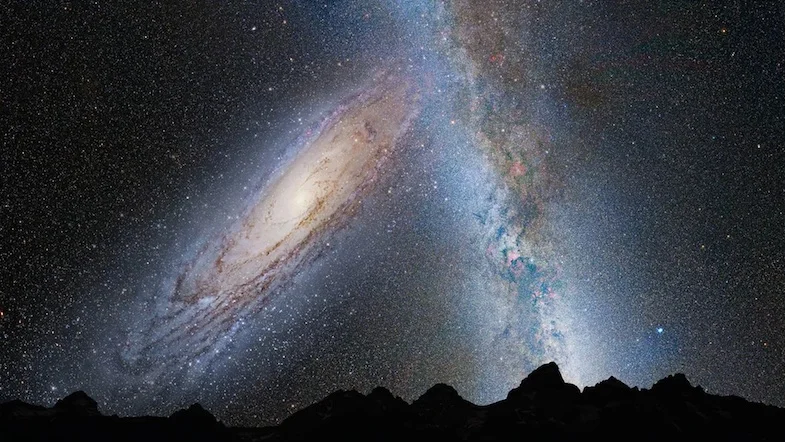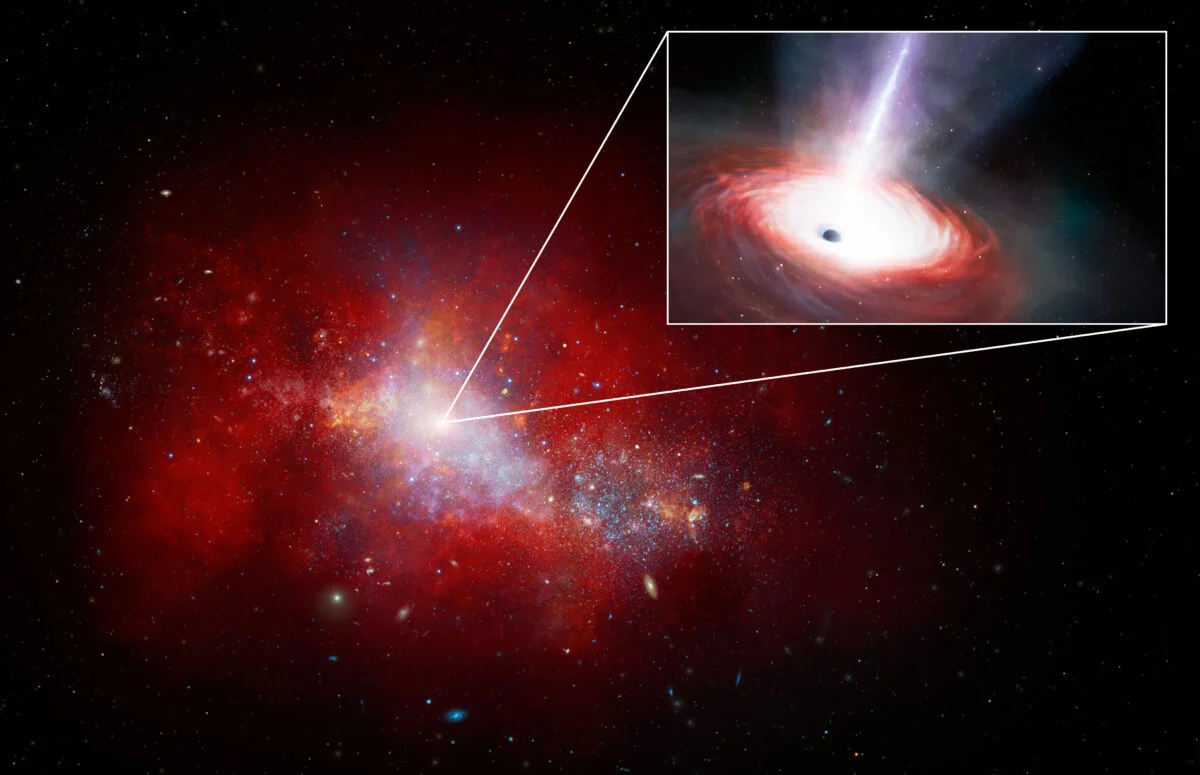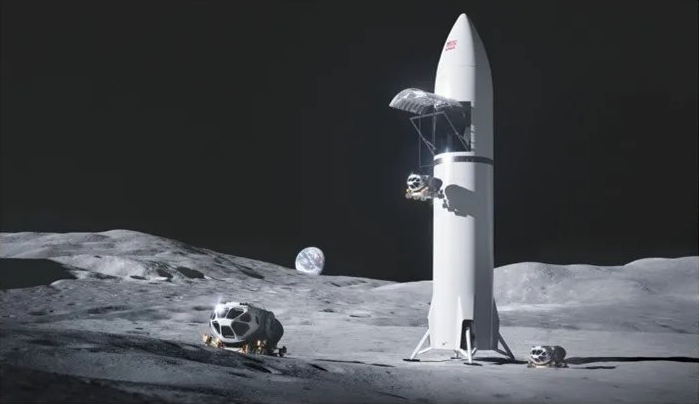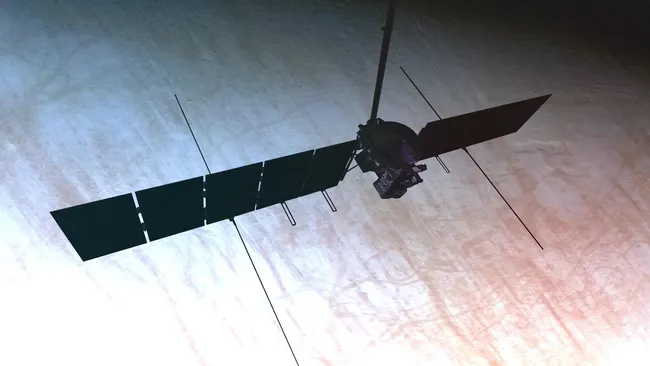
The Milky Way and Andromeda: A Collision in Question
- Milky Way
- November 19, 2024
- 1349
For decades, astronomers have predicted a dramatic collision between our Milky Way Galaxy and the neighboring Andromeda Galaxy (M31) in about 4.5 billion years, resulting in a massive elliptical galaxy dubbed “Milkomeda.” However, new research led by Till Sawala from the University of Helsinki challenges the inevitability of this merger. Using advanced simulations, the team has shown that the likelihood of this collision depends on complex interactions within the Local Group of galaxies and remains uncertain.
Simulating Galactic Fate
Sawala’s team modeled the interactions of the Local Group’s four largest galaxies: the Milky Way, Andromeda, the Triangulum Galaxy (M33), and the Large Magellanic Cloud (LMC). Incorporating the latest measurements of mass and motion from Gaia and the Hubble Space Telescope, the team ran Monte Carlo simulations, exploring tens of thousands of potential scenarios.
The Results: A Collision Isn’t Guaranteed
- Two-Galaxy System
- The team started with just the Milky Way and Andromeda. Simulations revealed that the galaxies would collide in less than half of all cases, with potential collisions occurring around 7.6 to 8 billion years from now.
- “The odds of a collision are nearly 50/50,” said Sawala.
- Adding Triangulum (M33)
- Including M33 increased the likelihood of a collision to approximately two-thirds, as its gravitational influence slowed Andromeda’s velocity relative to the Milky Way.
- The Role of the LMC
- The LMC’s impact was more unpredictable. In a three-galaxy system with the Milky Way, Andromeda, and the LMC, the collision likelihood dropped to one-third.
- When all four galaxies were included, the collision probability returned to a coin toss, but the timeline extended to within the next 10 billion years.
Challenges and Uncertainty
Accurately predicting the fate of these galaxies is fraught with challenges:
- Mass Uncertainty: Estimates of the Milky Way’s mass vary by 20%, while Andromeda’s and Triangulum’s masses are uncertain by up to 30%.
- Dark Matter Influence: Calculating the gravitational effects of dark matter halos surrounding each galaxy adds complexity.
- Smaller Contributions: Other Local Group members, while individually negligible, may collectively influence outcomes over billions of years.
Awaiting New Data
Future observations, including Gaia’s fourth data release in 2026, may refine measurements of galactic mass and motion, reducing uncertainties. However, even minor changes in initial conditions can lead to vastly different outcomes over billions of years—a phenomenon known as the butterfly effect in dynamical systems.
Gravity and Time Will Tell
The ultimate fate of the Milky Way and Andromeda remains unresolved, hinging on intricate gravitational dynamics within the Local Group. While simulations provide tantalizing possibilities, the final answer may not be clear for billions of years. Until then, humanity’s cosmic neighborhood continues to offer both mystery and marvel.



